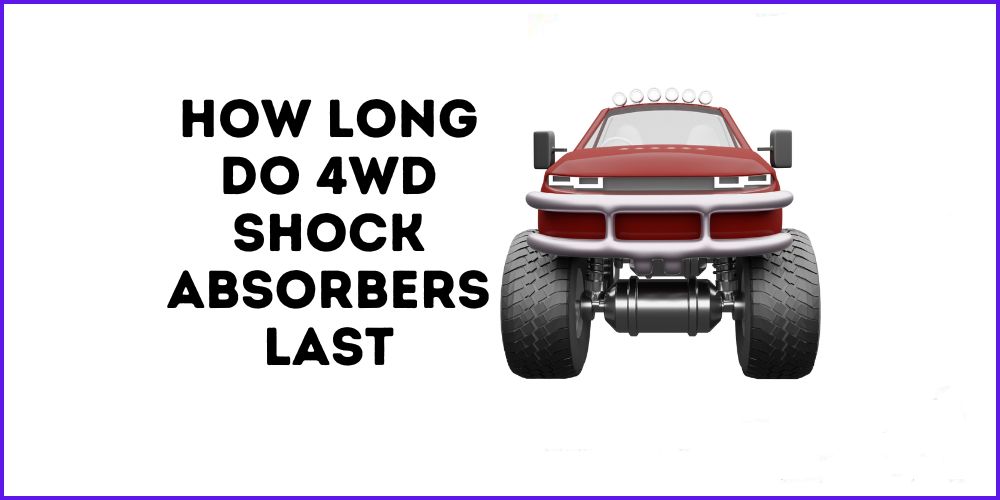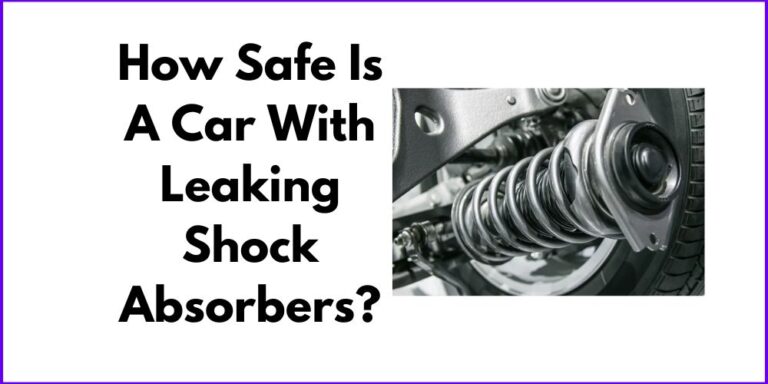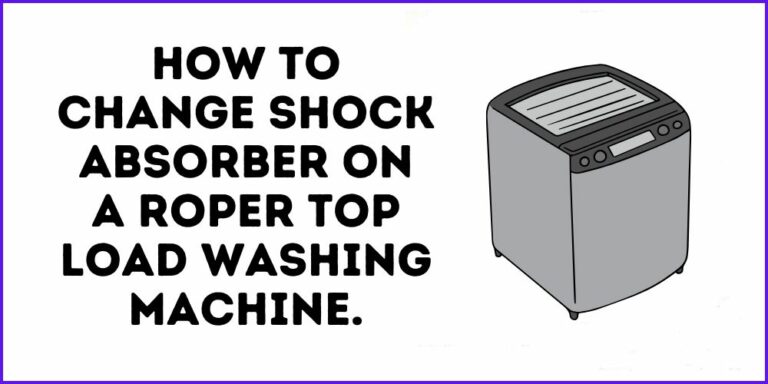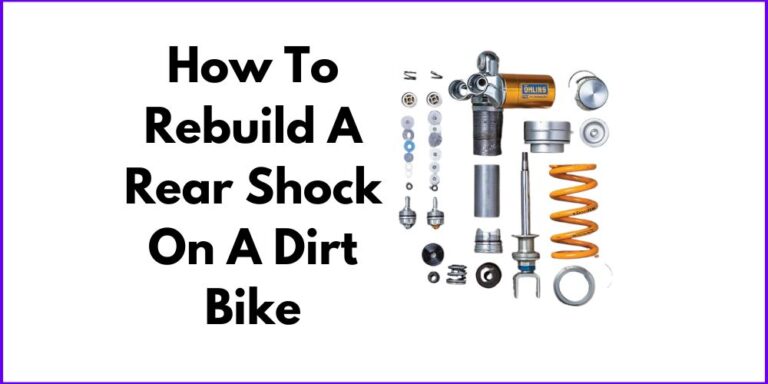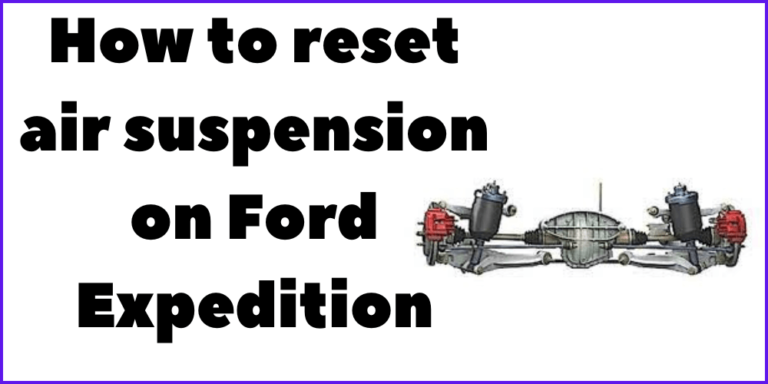Maximizing the Lifespan of Your 4WD Shock Absorbers: Tips and Tricks
When it comes to maintaining your 4WD vehicle, one of the most important components to keep an eye on are the shock absorbers. Shock absorbers play a crucial role in ensuring a smooth and safe ride, as they help to dampen the effects of bumps and uneven terrain on the vehicle’s suspension. Without properly functioning shock absorbers, your 4WD vehicle may experience a host of issues, including reduced handling and stability, uneven tire wear, and even damage to other suspension components.
But how long do 4WD shock absorbers typically last? While the lifespan of shock absorbers can vary depending on factors such as driving conditions and vehicle usage, most 4WD shock absorbers will last between 50,000 and 100,000 miles, approximately (4 to 6 years). However, it’s important to keep in mind that this is just a rough estimate, and it’s always best to have your shock absorbers inspected and replaced as needed to ensure the safety and performance of your vehicle.
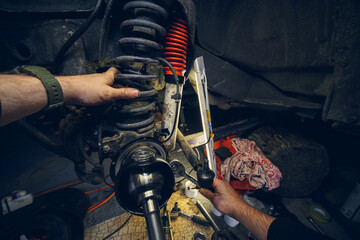
In this blog post, we’ll take a closer look at the importance of shock absorbers in a 4WD vehicle, as well as the factors that can affect their lifespan. We’ll also cover some common signs that it’s time to replace your shock absorbers, as well as tips for prolonging their lifespan. So, whether you’re a seasoned off-roader or just looking to ensure the longevity of your 4WD vehicle, keep reading to learn more about the importance of shock absorbers and how to keep them in top shape.
Factors that Affect the Lifespan of 4WD Shock Absorbers
Shock absorbers are an essential component of any 4WD vehicle, as they help to ensure a smooth and safe ride. However, like any mechanical component, the lifespan of shock absorbers can be affected by a variety of factors. In this section, we’ll take a closer look at some of the key factors that can affect the lifespan of 4WD shock absorbers.
Driving Conditions
The type of driving conditions you subject your 4WD vehicle to can have a significant impact on the lifespan of the shock absorbers. Off-road driving, for example, can be much harder on shock absorbers than highway driving due to the rough terrain and uneven surfaces. Additionally, driving in extreme weather conditions, such as heavy rain or snow, can also take a toll on shock absorbers.
Vehicle Usage
Another important factor to consider is the usage of your 4WD vehicle. If you frequently carry heavy loads or tow trailers, for example, your shock absorbers will be put under more stress and may need to be replaced more frequently. Similarly, if you use your 4WD vehicle for commercial purposes, such as for construction or delivery, your shock absorbers may need to be replaced more often than if you only use the vehicle for personal use.
Maintenance and Care
Proper maintenance and care of your 4WD vehicle can also play a major role in determining the lifespan of the shock absorbers. Regular checks and replacements as needed can help to ensure that your shock absorbers are functioning properly and can help to prolong their lifespan. Additionally, regular oil changes, tire rotations, and other routine maintenance tasks can also help to keep your shock absorbers in good working order.
Having said that, it’s important to keep in mind that these are not the only factors that can affect the lifespan of 4WD shock absorbers and that it’s always best to have your shock absorbers inspected and replaced as needed to ensure the safety and performance of your vehicle. By understanding the factors that can affect the lifespan of 4WD shock absorbers, you can make informed decisions about when to replace them and how to prolong their lifespan.
Signs that 4WD Shock Absorbers Need to be Replaced”
As the shock absorbers on your 4WD vehicle age, they will begin to lose their effectiveness and may need to be replaced. However, it’s not always easy to know when this time has come. To help you determine if your shock absorbers need to be replaced, here are some common signs to look out for:
- Uneven tire wear: If your tires are showing uneven wear, this could be a sign that your shock absorbers are no longer able to effectively dampen the effects of the road on your suspension. This can cause your tires to wear unevenly and may lead to poor handling and stability.
- Reduced handling and stability: As shock absorbers age, they can lose their ability to control the movement of the suspension. If you find yourself experiencing a rough ride or difficulty controlling your vehicle, this could be a sign that your shock absorbers need to be replaced.
- Excessive bouncing or swaying: If you find that your vehicle is bouncing or swaying excessively, this could indicate that your shock absorbers are no longer able to effectively dampen the movement of the suspension. This can lead to reduced handling and stability and make it difficult to control your vehicle.
- Leaking fluid: One of the most obvious signs that your shock absorbers need to be replaced is if you notice fluid leaking from them. This is an indication that the seals have failed, and the shock absorbers are no longer able to function properly.
It’s important to keep an eye out for these signs as they can indicate that your shock absorbers are no longer functioning properly and need to be replaced. If you notice any of these symptoms, it’s recommended to take your vehicle to a professional mechanic for an inspection. It’s always better to be safe than sorry, and the replacement of shock absorbers will ensure the safety and performance of your 4WD vehicle.
How to Prolong the Lifespan of 4WD Shock Absorbers?
Your 4WD vehicle’s shock absorbers are an essential component of its suspension system, and keeping them in good working condition is crucial for ensuring a smooth and safe ride. However, even with regular use, the lifespan of your shock absorbers will eventually come to an end. But with proper maintenance and care, you can help to prolong the lifespan of your 4WD shock absorbers and ensure that they last as long as possible. Here are a few tips to help you do just that:
- Regular maintenance and inspections: One of the most important things you can do to prolong the lifespan of your 4WD shock absorbers is to have them inspected and serviced on a regular basis. This can help to identify any issues early on, before they have a chance to cause significant damage. During an inspection, a mechanic will look for signs of wear and tear, such as leaks or damage to the shock absorber’s seals. They may also check the shock absorbers for proper alignment and functioning.
- Proper tire inflation: Proper tire inflation is another key factor in prolonging the lifespan of your 4WD shock absorbers. When your tires are underinflated, they can put extra stress on your shock absorbers, causing them to wear out more quickly. To prevent this, make sure to check your tire pressure regularly and inflate them to the recommended pressure as per the vehicle’s manual.
- Avoiding overloading the vehicle: Overloading your 4WD vehicle can also put extra stress on the shock absorbers, so it’s important to avoid doing so whenever possible. This means keeping the vehicle’s weight within the limits specified by the manufacturer, and avoiding carrying unnecessary items in the vehicle.
- Minimizing exposure to harsh driving conditions: Finally, exposing your 4WD vehicle to harsh driving conditions, such as off-roading, can take a toll on the shock absorbers. While it’s not always possible to avoid these conditions altogether, try to minimize your exposure to them whenever you can. Additionally, try to avoid unnecessary rough roads and potholes, as these can also cause damage to the shock absorbers.
Following all of these tips, you can help to prolong the lifespan of your 4WD shock absorbers, ensuring a smooth and safe ride for years to come. However, it’s important to keep in mind that even with proper maintenance, your shock absorbers will eventually need to be replaced. So, it’s important to be aware of the signs that it’s time to replace them and have them serviced as needed.

